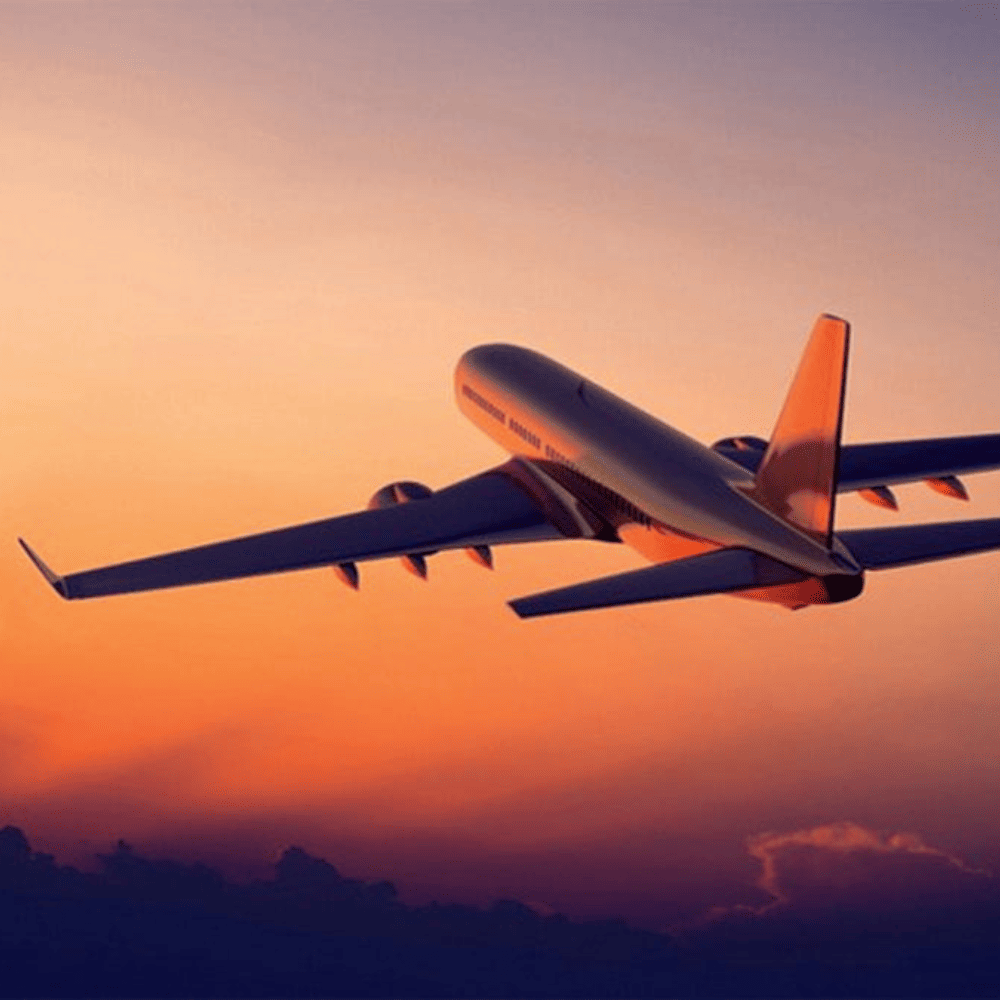
The experience of flying often involves routine procedures that passengers must follow, and one such requirement is stowing your tray table during takeoff and landing. Despite being allowed to use tray tables at other times during the flight, passengers are advised to exercise caution and use them sparingly. While it may be inconvenient to put away your laptop or snacks, there’s a vital reason for this rule – safety.
Preventing Hazards and Ensuring Passenger Movement
According to aviation experts, the primary reason for stowing and locking tray tables during takeoff and landing is to avoid potential hazards caused by sudden aircraft movements like turbulence or an aborted takeoff. If the tray tables are left down, items placed on them could be sent flying, becoming dangerous projectiles that may injure passengers or cabin crew. By securing tray tables, airlines aim to create a safer environment on board. Additionally, in the event of an emergency, it’s essential to have unobstructed passenger movement.
Proper Brace Position and Vulnerable Flight Phases

Having tray tables down can interfere with passengers assuming the correct brace position for impact, especially in forward-facing seats. The brace position, which involves bending forward to protect the head and neck, is crucial during sudden and forceful landings or collisions. It is important to follow the safety instructions provided in the seat-back pocket or by the flight attendants to ensure passengers are prepared for any potential impact scenarios. Moreover, takeoff and landing are considered the phases of flight with the highest likelihood of unexpected events. According to reports from major aircraft manufacturers like Boeing and Airbus, a significant portion of aviation accidents, including fatal ones, occur during these flight phases. To minimize the risk and ensure passenger safety, the Federal Aviation Administration (FAA) in the United States has mandated that tray tables must be stowed for takeoff and landing.